first responders
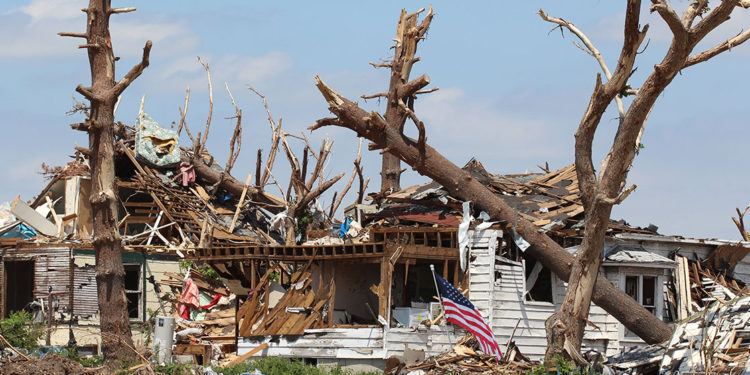
The communication challenges faced by FEMA during natural disasters
Americans know the Federal Emergency Management Agency (FEMA) for helping citizens respond to and recover from emergency situations and natural disasters. The agency has the incredibly essential job of helping Americans recover from things like wildfires, hurricanes, mass flooding, and other devastating occurrences that destroy property, lives, and communities. When
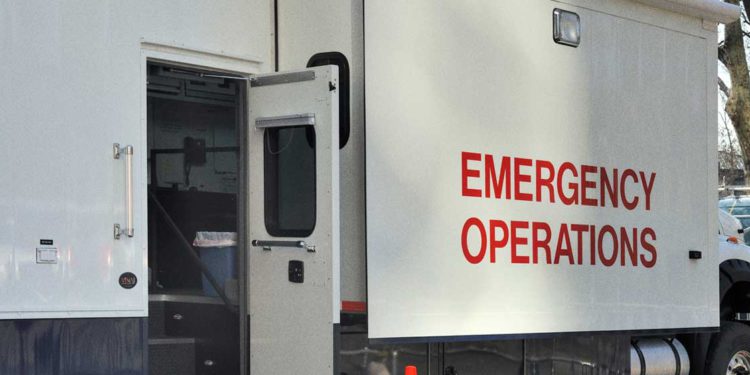
Why the first 15 minutes after a disaster are the most critical
Whether an 18-wheeler containing hundreds of pounds of hazardous material crashes on a highway or a category 4 hurricane hits a coastal town leaving a trail of devastation in its wake, the first 15 minutes after a disaster are by far the most critical in any response operation. While each
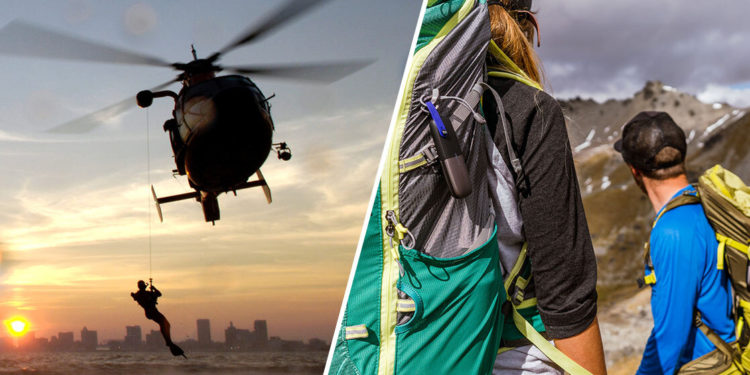
Infographic | What’s the difference between goTenna Mesh and goTenna Pro X?
goTenna Mesh is designed for your personal use during outdoor trips, international travel, emergency preparedness, festivals, and crowded events. Check the full tech specs for goTenna Mesh here. Meanwhile, goTenna Pro X is designed for professional teams who require a product that is more powerful, operational, and ruggedized than goTenna
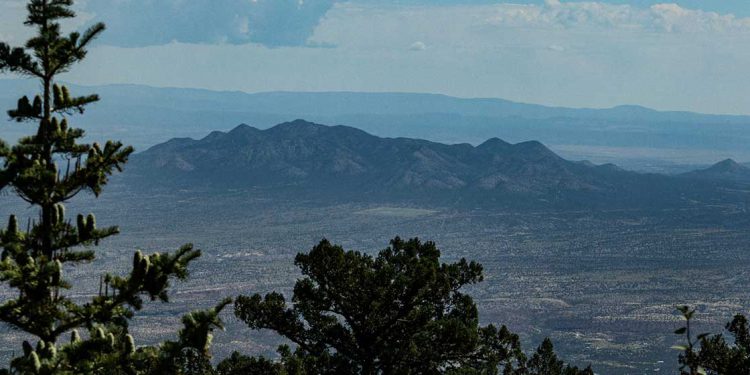
How ATAK Transformed Search and Rescue in Bernalillo County, New Mexico
When the Bernalillo County Sheriff Department’s (BCSD) Metro Air Support Unit (MASU) receives a search and rescue call from dispatch, time, speed, and, most importantly, situational awareness (SA) are crucial, make-or-break factors that determine the outcome of a critical incident. To add pressure to an already intense situation, New Mexico’s
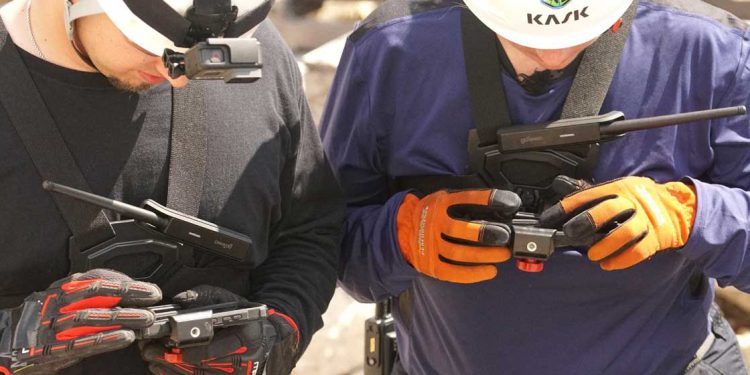
CivTAK brings military-grade situational awareness to any professional team — here’s how to take CivTAK off the grid
The civilian version of the U.S. military’s situational awareness application, ATAK, is officially released so any team around the world can take advantage of its leading tools for teamwide command and control — completely free of charge. The Team Awareness Kit for Android (often referred to as CivTAK or TAK-CIV)

Tech Spotlight Series: Juggernaut.Case keeps the mission going with ruggedized mobile gear
Dismounted warfighters and first responders carry all of the communications and situational awareness tools they need to coordinate activities with their teammates and superiors, request for assistance when in trouble, and maintain knowledge of what’s happening in their area of operations and location. As communications technology becomes more and more
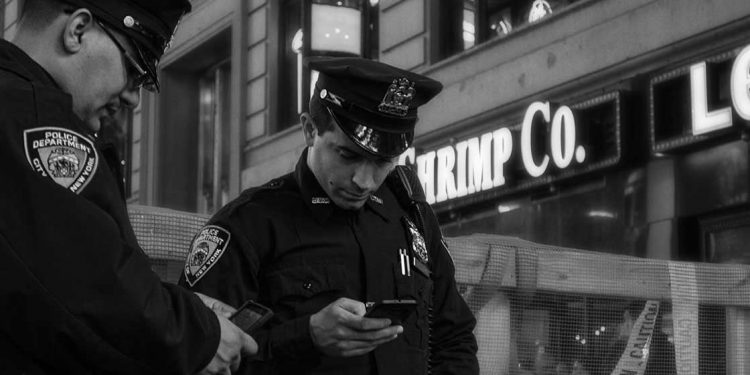
Four common objections to smartphone adoption, and how to address them
Public safety agencies and organizations across the globe are becoming increasingly smartphone-centric. In a recent webinar hosted by the International Public Safety Association, panelist Dale Stockton said, “When you consider the sheer utility and overall functionality, [smartphones] have become the tech equivalent of the proverbial Swiss Army knife.” It’s this
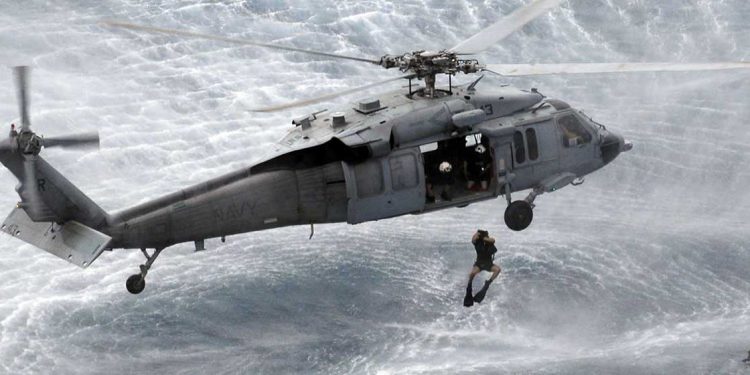
Webinar | How to implement a mobile first strategy for emergency management
Mobile devices and applications are increasingly critical to day-to-day public safety operations, but many organizations are unprepared in the event cell phone connectivity — and access to these new tools — becomes unreliable or unavailable. New advancements in mobile and wireless communications are now allowing emergency response and recovery teams
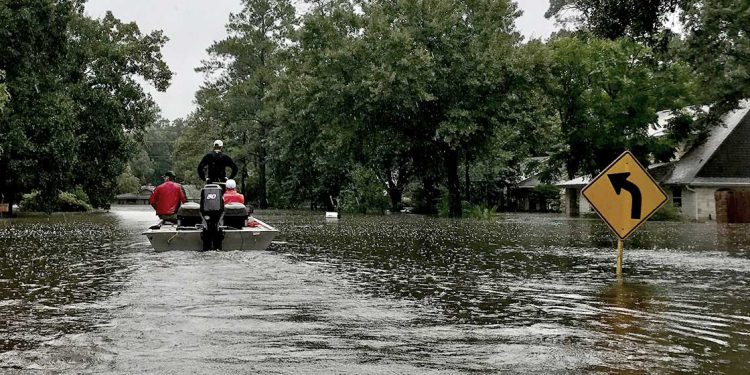
Staying connected while saving lives – mesh networking for public safety
In my home state of Texas, we’ve experienced three “five hundred year floods” in just the past few years. And that’s a similar story to what we’re hearing across the country, where flooding, wildfires, hurricanes and other natural disasters are seemingly increasing in frequency. But they’re not just happening more



